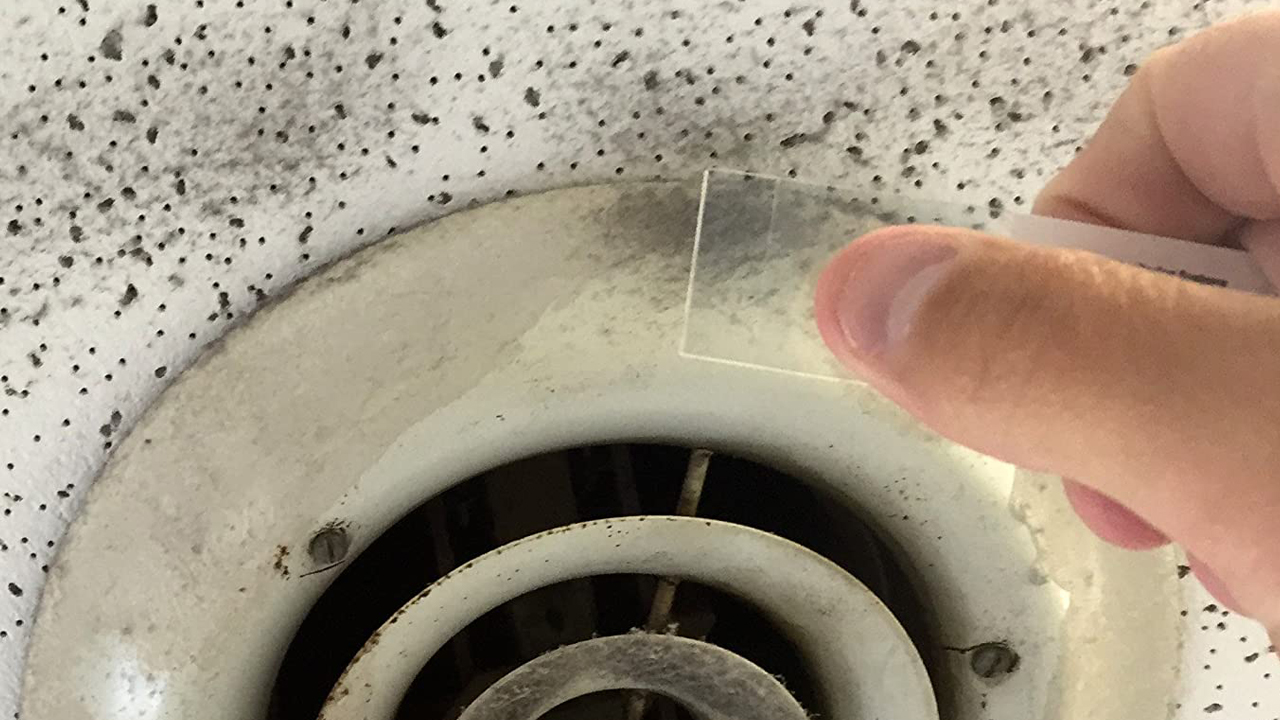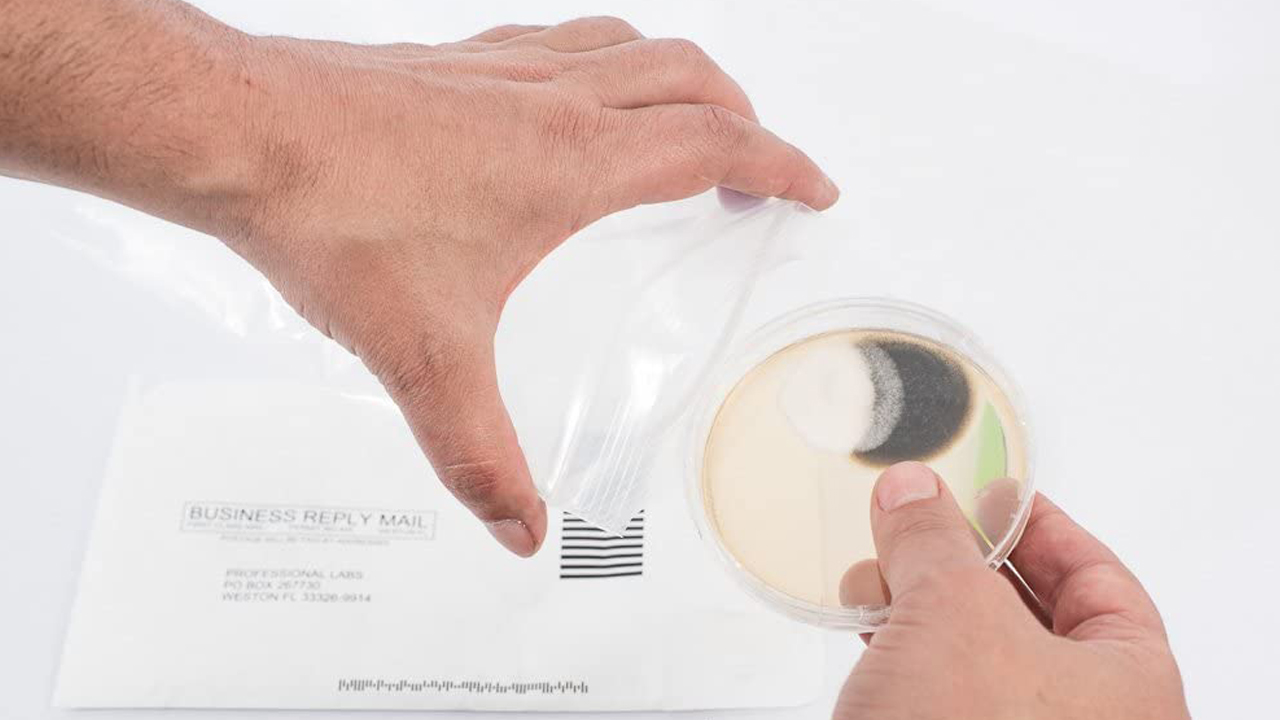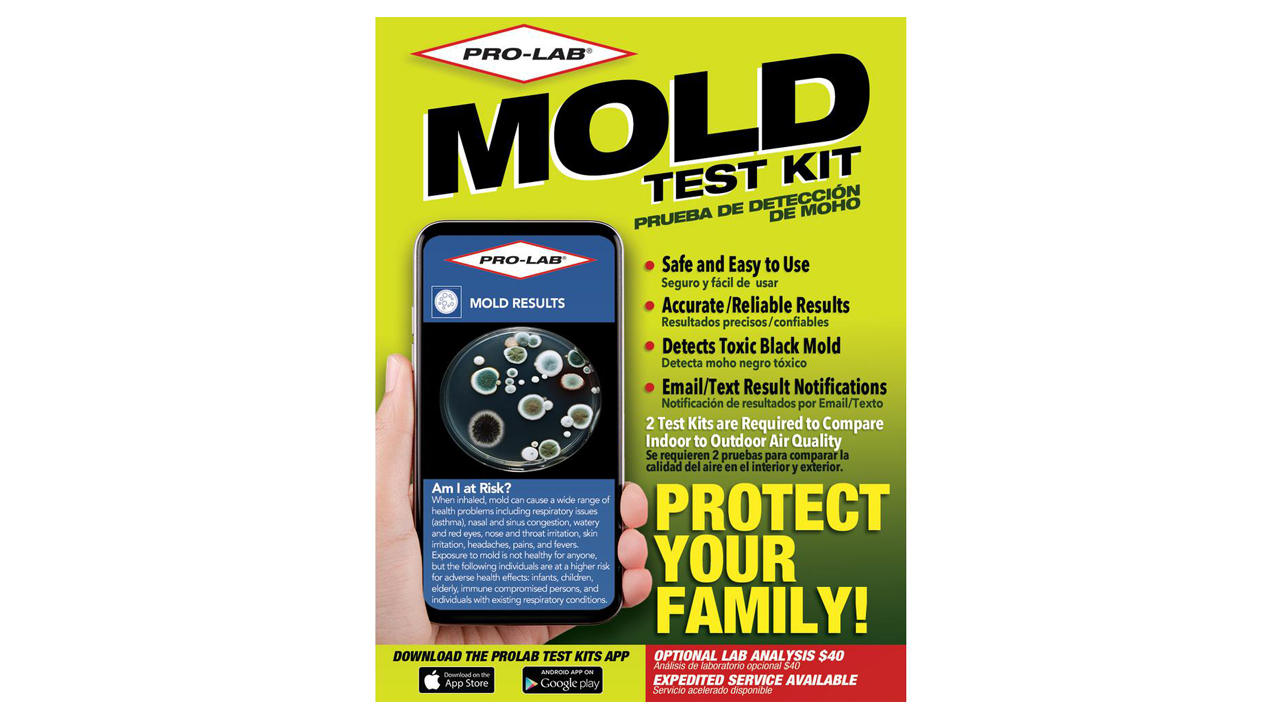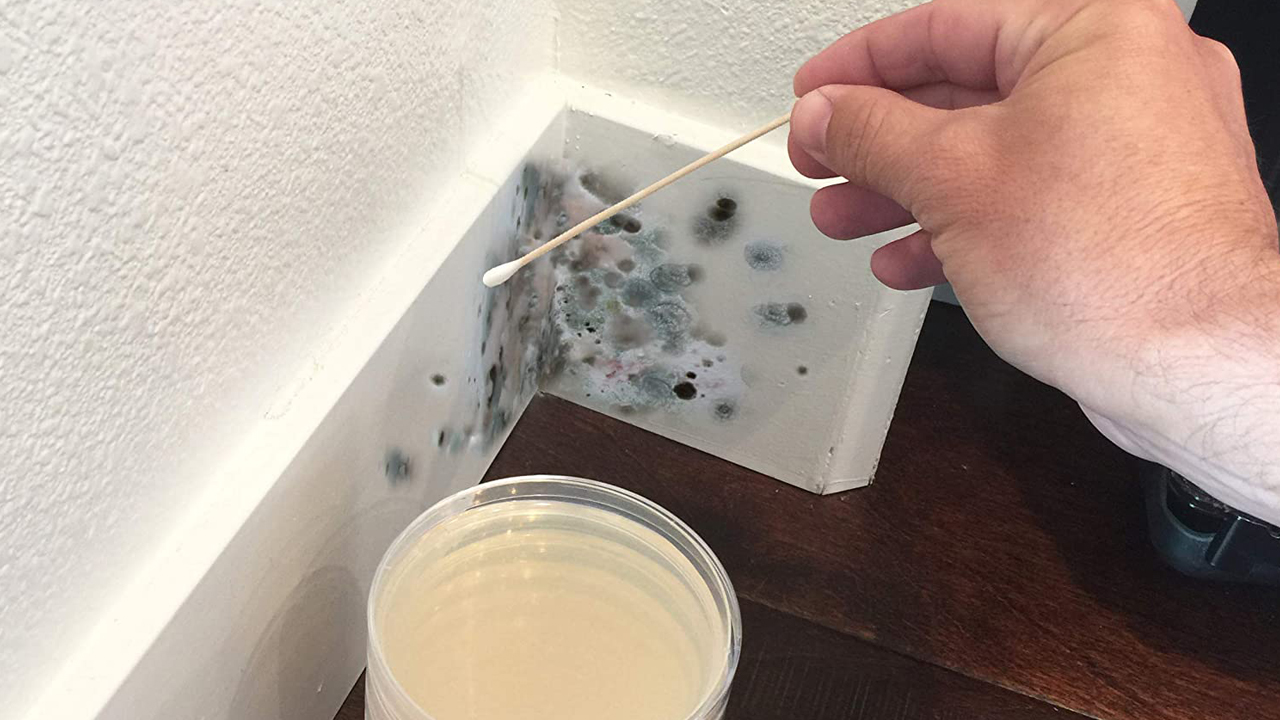Does your home have mold? If you own your house or apartment, mold can be an expensive issue to fix, and a persistent problem. And it isn't just the cost either - many forms of mold are extremely bad for your health, if ingested over a period of time, so you need to get it sorted. If you're in any doubt about whether you have mold, what type you have, or where it is concentrated, you should pick from any of the best mold test kits and check it out for yourself. They're all inexpensive, and can help you start to fix the problem.
However, you need to know the early-warning signs in order to start your investigation. Mold can often grow in places you rarely inspect, and can even spread behind stud walls, chimneys, or large items of furniture like wardrobes. One of the most common places for mold to grow is in your HVAC unit, which will then spread it through your home. Many test kits will sample from your air con unit, but some won't. In some instances you may even need to change the heating and cooling system in your home, if mold gets bad, so if this is the case you should consult our guide to the best central air conditioning units.
Hopefully, though, you'll spot one of the signs your home has mold early, and get it fixed before it spreads.
1. Stale and musty odors
Mold, whether it is visible or not, emits an unusual and unpleasant odor. If an area in your home persistently smells musty, there is a good possibility there is mold in the room. You can follow the odor to where it is strongest, find the mold and remove it. However, if the mold is in an unreachable place, like inside walls, you need to call in a professional to help you remove the growth
2. Condensation and persistent moisture
Whether there is excess moisture on your windows, or condensation dripping from your pipes, a damp home is an ideal breeding ground for mold, and can be an indicator that mold is already present in your home. The best dehumidifiers serve as a good solution to reduce excess moisture as they will set the humidity in your home to the level you indicate on the dehumidifier. They aren't a permanent solution, however, and you should consider getting your windows swapped for double-glazed panes, or having them re-sealed by a professional.
If you're finding moisture on pipes, a plumber can help diagnose the problem here. In some instances, putting insulation around pipes can prevent moisture build-up, and in others you can consider running warm-water pipes away from cold ones, to avoid excess moisture build-up.

3. Previous water build-up and stains
If your home has ever had moisture problems, whether a toilet overflowed or a sewer backed up, it is at risk for mold. The best places to look for mold are areas where water remained for a long time. If your home has ever flooded, mold could grow underneath the flooring and behind walls. If you suspect mold, search for discolored walls, ceilings and floors; the discoloration indicates colonies of mold are growing behind it. Keep an eye out for bubbles and cracks in your paint and wallpaper, and look for warped and bulging walls. These also indicate that moisture has penetrated the surface and they could be housing mold. In these instances, a professional should be hired to assess your problem, and advise on how to get rid of it, as persistent moisture build-up is a significant issue.
4. Personal health symptoms
Your health can be a telling sign if there is mold in the home. Symptoms of a mold allergy include a consistently runny nose, watery eyes, sneezing, dizziness, headaches and even memory loss. On their own, these symptoms could just be a sign of an oncoming cold, but if you are only symptomatic within your home, mold could be the culprit. Some varieties of mold are toxic and can cause more serious symptoms, which is why it is so important to remove mold from your home and prevent it from coming back. The most dangerous type is black mold, which can cause serious respiratory difficulties if left untreated. Most test kits will identify this kind of mold, so you should absolutely check if you suspect it's in your home.
5. Spotting and fur on your walls
There are so many varieties of mold that you can't really identify the type based on specific shape, size or color. It can appear as a furry, dark growth, as a black stain, or as black, white, orange, green or brown specks. Rather than look for out-of-the-ordinary, multi-colored flakes in every inch of your home, identify areas that are moist and then look for possible signs of mold. The fungus thrives in cool, damp areas, and it will be much easier to find it by limiting your search to areas that are affected by excess moisture. Yes, paint and wallpaper gets stained and marked from every day living, but if you see a pattern to the stains, or they appear in the corners of a room, this is usually a good indicator that mold is present.

What to do about mold in your home
For areas that have already fallen victim to mold, there is hope. We cannot stress this enough - your first action should either be a mold test kit, or a call to a professional service. Do not simply attack mold with bleach and expect it to disappear, because you're likely fixing the symptom and not the root cause. When you know what you're dealing with, you can then take appropriate action.
In some instances, common household ingredients can rescue you home. Mix a cup of bleach with a gallon of water and scrub the mold off your walls, carpet or ceiling. This will kill the mold, and allow you to repair or repaint the impacted area (which you will likely need to, as the bleach mix will often strip your paint too). This is usually fine for areas where you haven't been allowing enough ventilation - simply remove the mold, repaint with a moisture or mold repellant paint, and remember to open doors and windows to prevent the area from getting stale.
If you have a windowless bathroom, mold will likely grow here. Having an air extraction fan fitted is relatively inexpensive, and can prevent moisture from staying within the room. Failing that, keep the door open as much as possible.

How can mold be prevented?
Rather than taking action after the mold is already a problem, you can do several things to prevent mold from ever growing in the first place. Keep things dry. If large quantities of liquid are spilled, dry off the damp surfaces within 24 hours using whatever means necessary. A little elbow grease now could save you a lot of effort, time and money later.
Remodel your house using materials that are mold-resistant. They may cost more initially but they will save you a headache later. You can find paints that prevent mold from growing. This will prevent mold from growing on bathroom walls that are often humid and covered in condensation.
Invest in a dehumidifier. Regardless of the climate you live in, your home will inevitably have excess moisture in it at some time. You can find basement dehumidifiers for large and damp areas, portable dehumidifiers for smaller spaces and bedrooms, energy-efficient dehumidifiers to help you save and quiet dehumidifiers for use in bedrooms. You can find a dehumidifier for almost any purpose; you just need to find the right dehumidifier for your home.
You could also call a mold specialist in to assess your home for issues. Poorly planned piping, holes in your brickwork, soil build-up against walls... these can all cause damp and mold issues, and a professional survey will note them and advise on how to stop issues before they arise.

